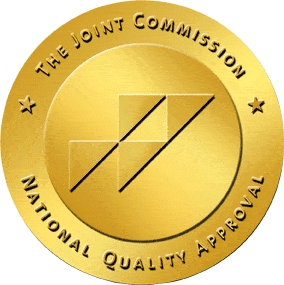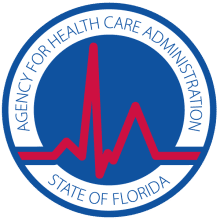Admitting you have a substance abuse problem and seeking treatment takes courage. The ideal treatment option depends on your age, physiology, medical history, and whether you have other pre-existing mental or physical health conditions. Before treatment, you should understand the ABCs of choosing a treatment plan, plus what to expect from your clinician and from yourself. The primary objectives of addiction treatment include education, detoxification, and developing positive coping strategies.
Education
Many people mistake addiction as a lack of morality or willpower. Rather, biological, environmental, social, and behavioral factors affect addiction, and it’s important for you and your family members to understand how they all interact and intersect. For example, bullying at school may compel a student to start drinking or taking drugs to numb the pain. A person with PTSD may turn to drugs to suppress fear and anxiety associated with a trigger. Family counseling sessions can help get you and your family on the same page.
Detoxification
Drugs and alcohol change the way the body and mind function. Over time, the brain becomes wired to believe that you need the substance to survive. If an addicted individual goes without the substance for an extended period of time, withdrawal symptoms can occur. Common symptoms include stress and anxiety, confusion, nausea, and depression. Detoxification helps restore the body to its normal state and allows a person to withdraw with fewer symptoms. Bear in mind that detoxification can be dangerous in certain cases. This is especially true for those detoxifying from alcohol. Therefore, in order to experience the most comfortable and safest detox program possible, it is always advisable not to do so at home and rather, under the supervision of a qualified medical team.
Developing Coping Strategies
Even after treatment, you may still experience cravings. Cognitive behavioral therapy coupled with holistic treatments can help you develop positive strategies to overcome these urges. By understanding your triggers, you can slowly but surely break free from the grip of addiction. Effective coping mechanisms include deep breathing, exercise, art, or simply talking to someone who understands what you’re going through. A large part of the treatment process, both in individual therapy and in group therapy sessions, focuses on how to cope in certain situations. For example, once you have completed treatment, if you return to the area in which you used, and visit with those you used with, the prospect of triggering cravings is very real. These coping strategies can help suppress those cravings and avoid relapse.
Treating Co-Occurring Disorders
Roughly half of people suffering from addiction have a mental illness. These two illnesses often encourage and feed off of each other. For example, a person with depression may resort to alcohol to manage their condition. A person with bipolar disorder may use “downing” drugs to try to keep their manic personality in check. A clinician can assess you for a co-occurring disorder and tailor your treatment to address both issues simultaneously.
Setting Your Own Goals and Objectives
While it’s important to have a knowledgeable clinician oversee your treatment, it’s equally crucial to set clear expectations of yourself. Work together with your caretaker to identify your short and long-term goals. These goals don’t have to be overly detailed but serve as a motivational pivot. Below are some guidelines for crafting self-goals:
- Consider your strengths and interests. How can you use them to achieve what you want?
- Focus on one or two major goals. Having too many goals can place a burden on the recovery process.
- Visualize what your life would be like without the influence of drugs or alcohol. How would you spend your day? Who would you spend it with?
- From there, you and your clinician can develop more specific objectives. These are steppingstones to help you achieve your goal. As such, objectives should be clear, realistic, measurable, achievable, and have time frames for completion. For example, you may commit to meditating once a day for 10-15 minutes to re-channel substance cravings.
- Having both detailed objectives and an overall goal can help motivate you on the path to recovery. Inpatient treatment can help you break the cycle of substance abuse, rebuild relationships, and get your life back on track.
Importantly, remember that the treatment plan will change over the course of your recovery. The treatment plan is a fluid one.
References:
- National Institute on Drug Abuse, An Individual Drug Counseling Approach to Treat Cocaine Addiction, Drugabuse.gov, http://archives.drugabuse.gov/TXManuals/IDCA/IDCA8.html
- National Institute on Drug Abuse, Strategic Plan, Drugabuse.gov, September 2010, https://www.drugabuse.gov/sites/default/files/stratplan.pdf
- New York State Office of Mental Health, Quick Guide to Goals, Objectives, and Interventions, Omh.ny.gov, January 2013, https://www.omh.ny.gov/omhweb/pros/Person_Centered_Workbook/Quick_Guide_to_Developing_Goals.pdf



